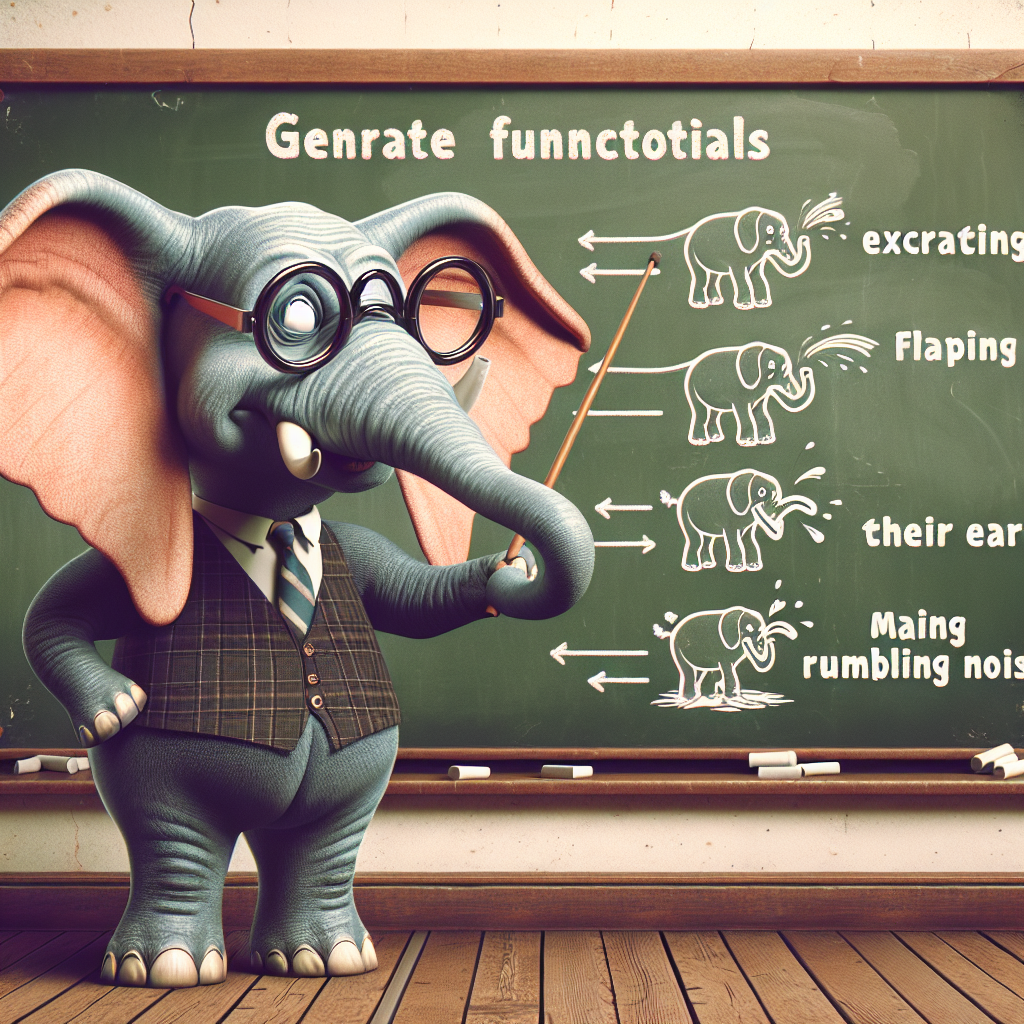Summary made by Quivr/GPT-4
This document is a scholarly article discussing the evolution of tool use and language in hominins (early human ancestors). The authors propose a new framework for understanding social learning, focusing on the type of information that is socially transmitted, rather than the mechanisms of learning. They argue that humans are unique among apes in their ability to socially transmit “know-how” or practical skills, which they call “know-how copying.”
The authors suggest that this ability to copy know-how is fundamental to human culture and language. It allows us to evolve behaviors and create artifacts that are far more complex than what a single individual could invent. This copying ability also underlies our capacity to create and expand large lexicons of signs that form the basis of human languages.
The authors then discuss how to identify know-how copying in the archaeological record. They suggest that the method of local restriction, which looks at the geographical distribution of certain behaviors or artifacts, can help locate the origins of know-how copying in our ancestors.
The authors also discuss the evolution of tool use in early hominins, known as erectines. They suggest that these early humans likely needed a more advanced communication system than modern great apes, but not as complex as full human language. This system would have allowed them to communicate various types of information, such as when and where to do certain things.
The authors also touch on the idea that early hominins likely used gestures as a form of communication, much like modern great apes. They suggest that this gestural communication could have evolved into more complex forms of communication, even in the absence of know-how copying abilities.
In summary, this document presents a new way of understanding the evolution of human culture and language, focusing on the social transmission of practical skills. It provides insights into the communication systems of early hominins and suggests that our unique ability to copy know-how has played a crucial role in our evolution.
First hominin rock signposts would be a trip to watch in action. It’s likely a monkey that takes a right at the greenstone and proceeds down to marsupial looking rock.



